Author: Will Lovell
In September 2013, my wife and I met some friends in the beautiful city of Prague, which is known for their beer culture, in fact residents of this country drink more beer per capita than any other country in the world. The sites were unquestionably breathtaking, the people were incredible, the food was delicious, but perhaps it’s no surprise that the local beer is what stands out most about that trip in my mind.
One afternoon, we found ourselves at the Strahov Monastic Brewery where I ordered one of their Amber Lagers, and to be succinct– this was a moment of significant discovery for me. While I can’t remember exactly what that specific beer tasted like, this introduction to Czech Amber Lager had a lasting impact, as it remains a nostalgic style that is dear to my heart. Polotmavý, as the Czechs refer to it, literally translates to “half-dark beer,” though the BJCP expands on the description:
A malty amber Czech lager with a hop character that can vary from low to quite significant. The malt flavors also can vary, leading to different interpretations and balances ranging from drier, bready, and slightly biscuity to sweeter and somewhat caramel-like.
When I started brewing beer on my own, lagers always felt out of reach due to the need for extra equipment and long lagering periods, so making styles like Czech Amber Lager seemed like a pipe dream. Eventually, I got around to brewing one using more traditional methods, and while the results were great, I began to wonder how one might turn out if I cut a bunch of corners during the brew process.
| BREWING THE BEER |
Using ingredients I had on-hand, I designed a Czech Amber Lager recipe that was based off of past batches I felt were successful.
Short & Shoddy Czech Amber Lager
Recipe Details
| Batch Size | Boil Time | IBU | SRM | Est. OG | Est. FG | ABV |
|---|---|---|---|---|---|---|
| 5.5 gal | 30 min | 35.1 | 15.9 SRM | 1.048 | 1.007 | 5.38 % |
| Actuals | 1.048 | 1.007 | 5.38 % | |||
Fermentables
| Name | Amount | % |
|---|---|---|
| Pilsen Malt | 10 lbs | 78.43 |
| Munich I | 1.5 lbs | 11.76 |
| Chocolate Rye | 8 oz | 3.92 |
| Crystal Malt | 8 oz | 3.92 |
| Melanoidin | 4 oz | 1.96 |
Hops
| Name | Amount | Time | Use | Form | Alpha % |
|---|---|---|---|---|---|
| saaz | 85 g | 30 min | Boil | Pellet | 3.5 |
| saaz | 35 g | 15 min | Boil | Pellet | 3.5 |
Yeast
| Name | Lab | Attenuation | Temperature |
|---|---|---|---|
| Global (L13) | Imperial Yeast | 77% | 32°F - 32°F |
Notes
| Water Profile: Ca 54 | Mg 0 | Na 0 | SO4 49 | Cl 59 |
Download
| Download this recipe's BeerXML file |
In preparation for brew day, I weighed out and milled the grains a day ahead of time.
Next, I collected the full volume of distilled water and had my little assistant help adjust it to my desired profile.
Having set a time to start my electric element early, I awoke to properly heated water and stirred in the grist at 7:15 AM, checking to make sure it was at my target mash temperature.
I gave the mash a good stir every time I walked by it, then once the 30 minute rest was complete, I removed the grains then sparged to collect the proper pre-boil volume.
While waiting on the wort to heat up, I prepared the kettle hop additions.
The wort was then boiled for just 30 minutes with hops added at the times stated in the recipe.
At the completion of the boil, I quickly chilled the wort with my IC before taking a refractometer reading that showed the wort was at 1.048 OG, indicating a brewhouse efficiency of 55%.
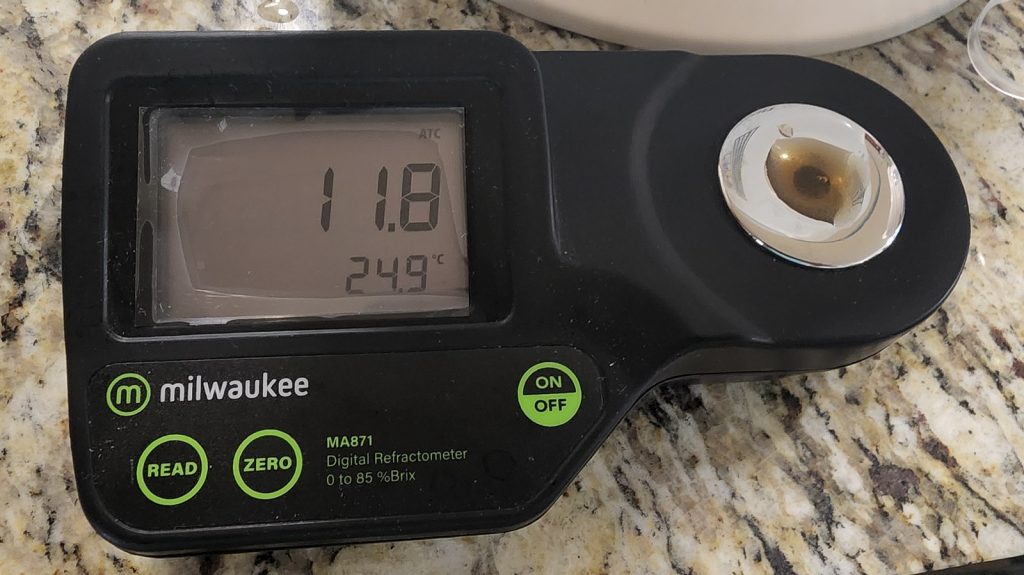
I then transferred the wort to my fermentation vessel.
With the wort sitting at 73°F/23°C, I pitched a pouch of Imperial Yeast L13 Global directly into it. The time was 9:29 AM for a total brew day duration of just 2 hours and 14 minutes.
I placed the fermenter on a chair next to my office desk, attached a spunding valve set to maintain a pressure of 20 psi, then left the beer to ferment at ambient temperature, which during this time of year was a toasty 77°F/25°C.
Fermentation kicked off quickly due to the warm temperature. With signs of activity all but absent after just 4 days, I took a hydrometer measurement confirming FG had been reached.
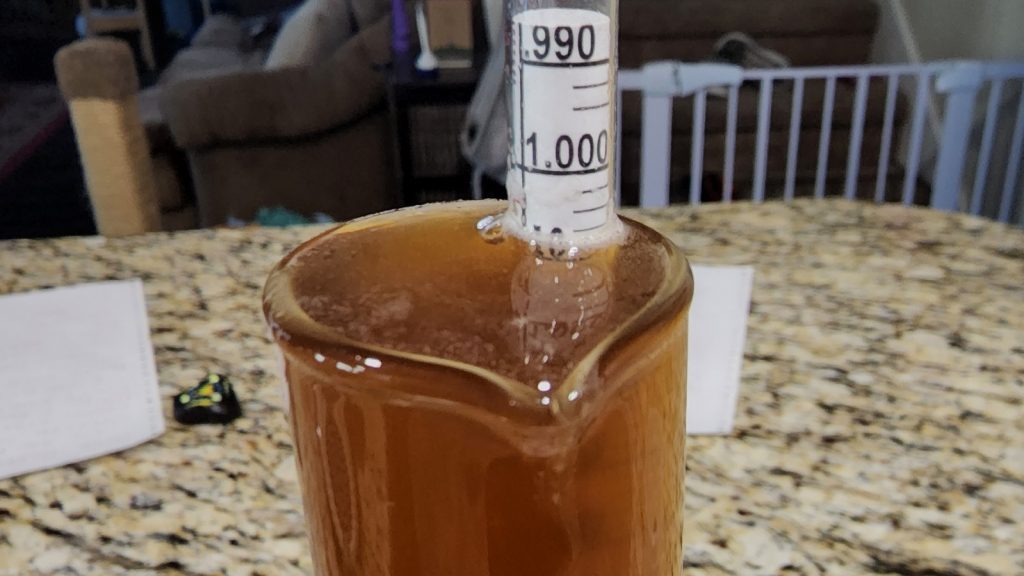
At this point, I moved the fermenter to a refrigerator and let the beer cold-crash for 24 hours before transferring it to a CO2 purged keg.
Once the beer was packaged, I gently added gelatin to the keg then placed it in my kegerator where it was burst carbonated for 12 hours before I reduced the gas to serving pressure. After another week of conditioning, the beer was clear, carbonated, and ready for evaluation.
| RESULTS |
A total of 21 people of various levels of experience participated in this Short & Shoddy evaluation. Participants were informed of the specific beer style and provided the BJCP description prior to completing the survey. Tasters were then instructed to rate how hoppy, malty, and dry they perceived the beer to be on a 0-5 scale where a rating of 0 indicated “not at all” and 5 indicated “extremely.”
Tasters were provided a list of common hop, malt, and yeast characteristics then instructed to select from each the one they perceived as being most prominent in the beer.
Hop Characteristics
Malt Characteristics
Yeast Characteristics
Next, participants were asked to indicate whether or not they detected any off-flavors in the beer; those who did were provided a list of common off-flavors and instructed to select the one they perceived as being strongest. Only one taster felt they detected musty and phenolic off-flavors.
Tasters were then asked to rate how well the beer represented the intended style, based on the provided BJCP description, on a 0-5 scale where 0 meant “not at all” and 5 meant “exactly.”
Finally, tasters were asked to rate how much they enjoyed the beer on a 0-5 scale where 0 indicated they hated it and 5 indicated they loved it.
My Impressions: I perceived this beer as having a toasty and caramel malt flavors with minimal hop character and a surprisingly clean fermentation that made it very easy to drink. While the color did seem to fall at the higher end of the range for Czech Amber Lager, the beer definitely had a bit more roast character than I expected, though it did not distract from the drinkability at all.
| CONCLUSION |
When it comes to Czech beer, there’s a good chance most immediately think about the delicious Pilsner the region is known for, though a number of other options exist. A personal favorite is Czech Amber Lager, which melds the clean and crisp characteristics of Pilsner with a more notable malt presence defined by bready, toasty, and caramel flavors.
As a traditional style of European lager, the process for brewing Czech Amber Lager often involves a number of time consuming steps including decoction, cool fermentation, and extended lagering periods, all of which are believed to contribute positively to the finished product. Interestingly tasters of this Short & Shoddy version made with an abbreviated single infusion mash, reduced boil, and warm fermentation with minimal lagering not only rated it as being a good representation of the style, but generally seemed to enjoy the beer as well. Moreover, all but one taster reported perceiving any off-flavors in this beer, though a good portion noted the yeast character as being phenolic.
Immediately after first sampling this beer, it struck me as possessing slightly more roast character than I expect in a Czech Amber Lager, and I can’t help but wonder if that explains the ratings for phenolic yeast character. For this reason, I entered this Short & Shoddy beer as both a Czech Amber Lager and a Czech Dark Lager in the 2022 Alamo City Cerveza Fest competition. Predictably, the judges commented on it being too roasty for a Czech Amber Lager, but it ended up taking 3rd place out of 18 entries as a Czech Dark Lager. Should I just call it that? Considering both the aim of the Short & Shoddy series and my original intent, I think I’ll stick with a slightly-too-dark Czech Amber Lager. I loved this beer and will definitely brew it again in the future, though I’ll be sure to reduce the amount of roasted grains to bring it closer to style specifications.
If you have thoughts about this Short & Shoddy brew, please feel free to share it in the comments section below!
Support Brülosophy In Style!
All designs are available in various colors and sizes on Amazon!
Follow Brülosophy on:
FACEBOOK | TWITTER | INSTAGRAM
If you enjoy this stuff and feel compelled to support Brulosophy.com, please check out the Support page for details on how you can very easily do so. Thanks!


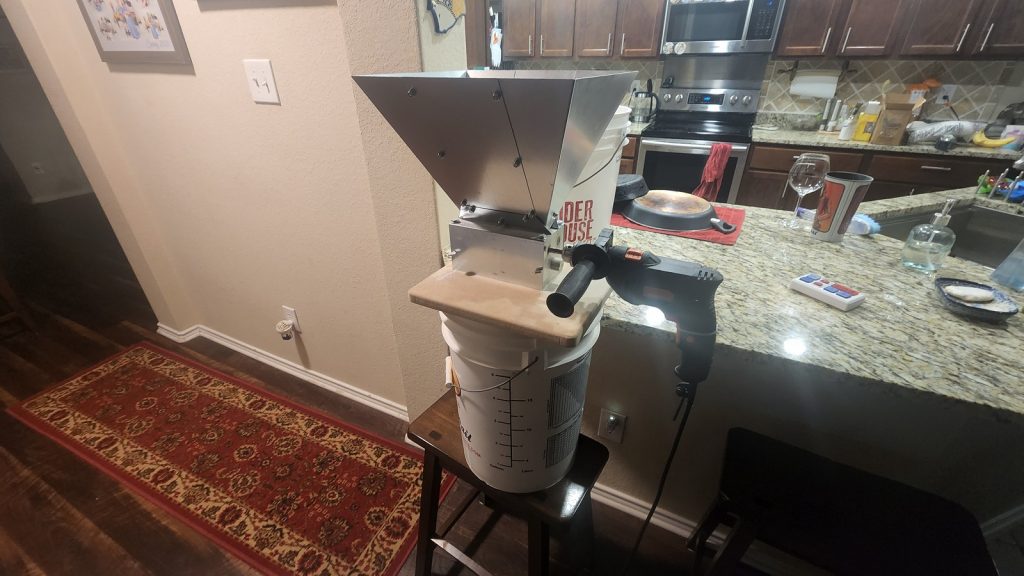
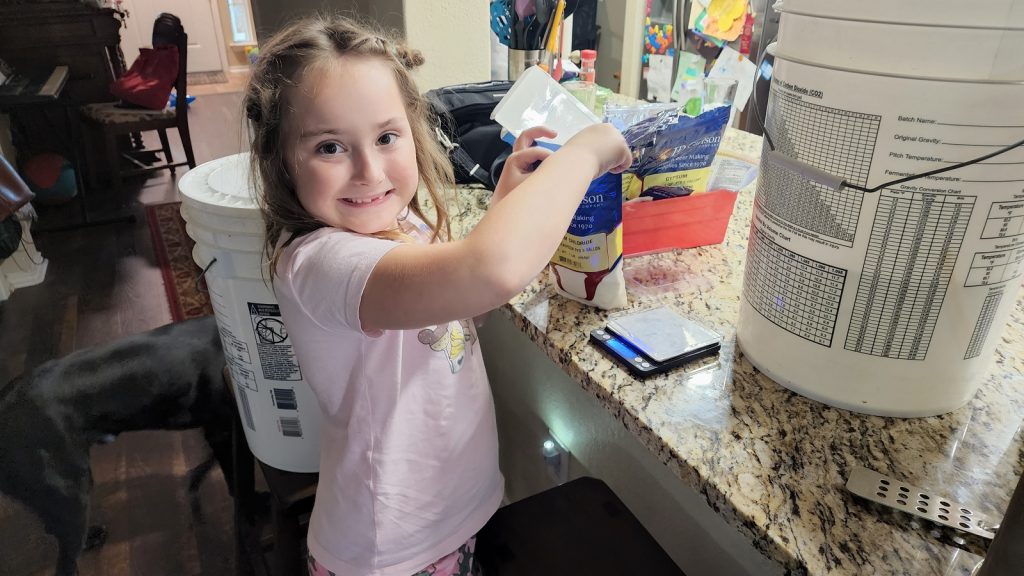
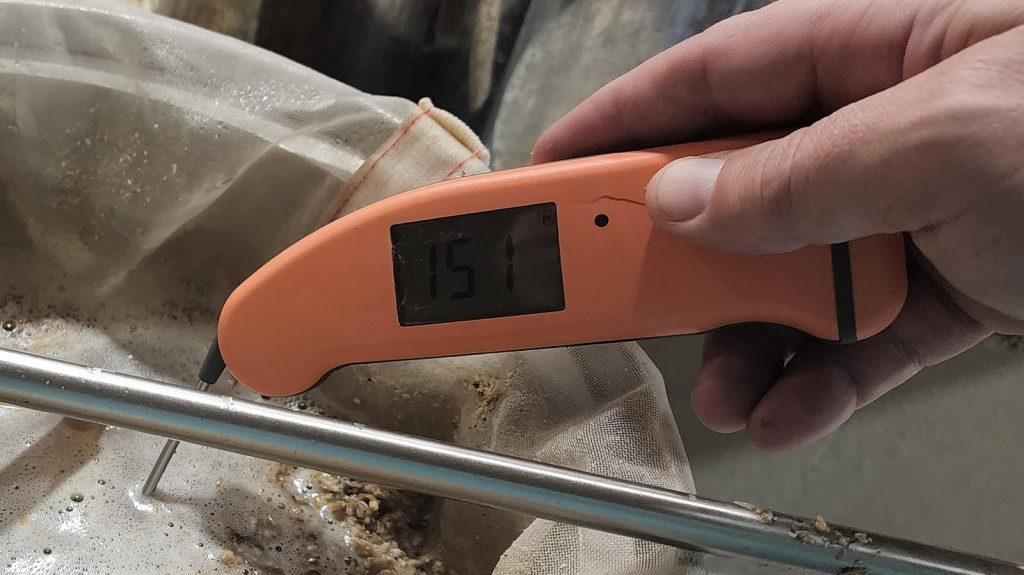
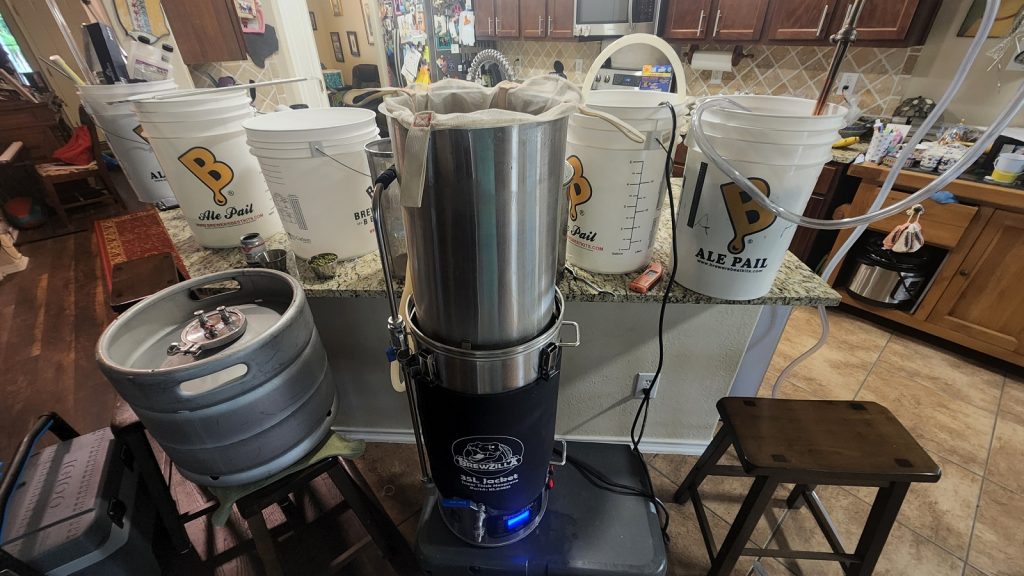
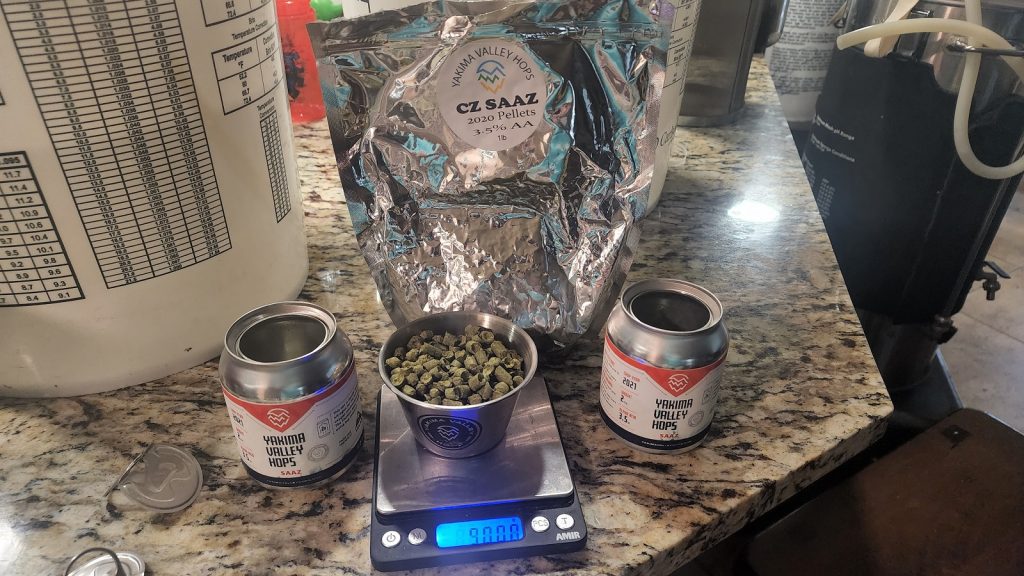
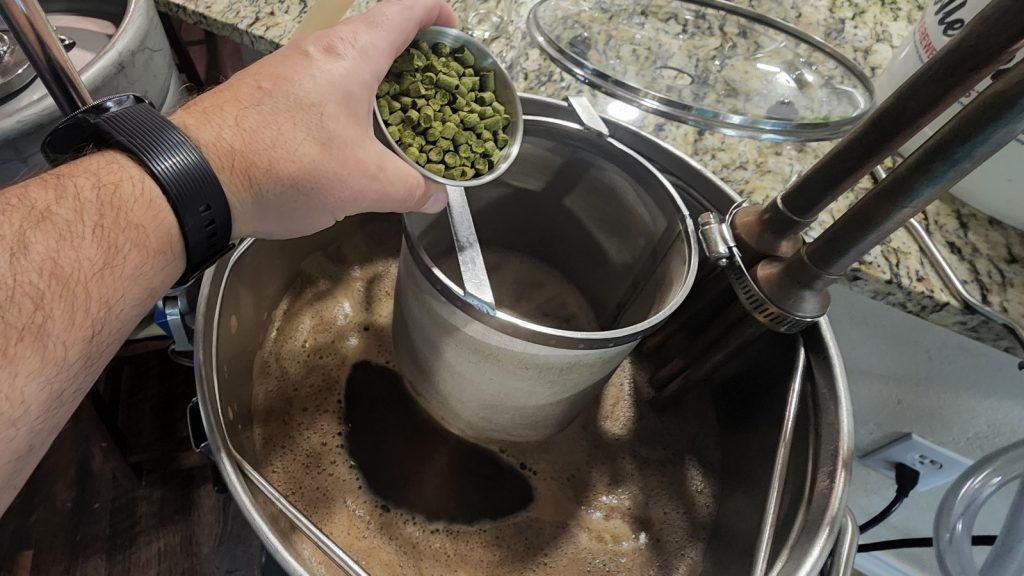
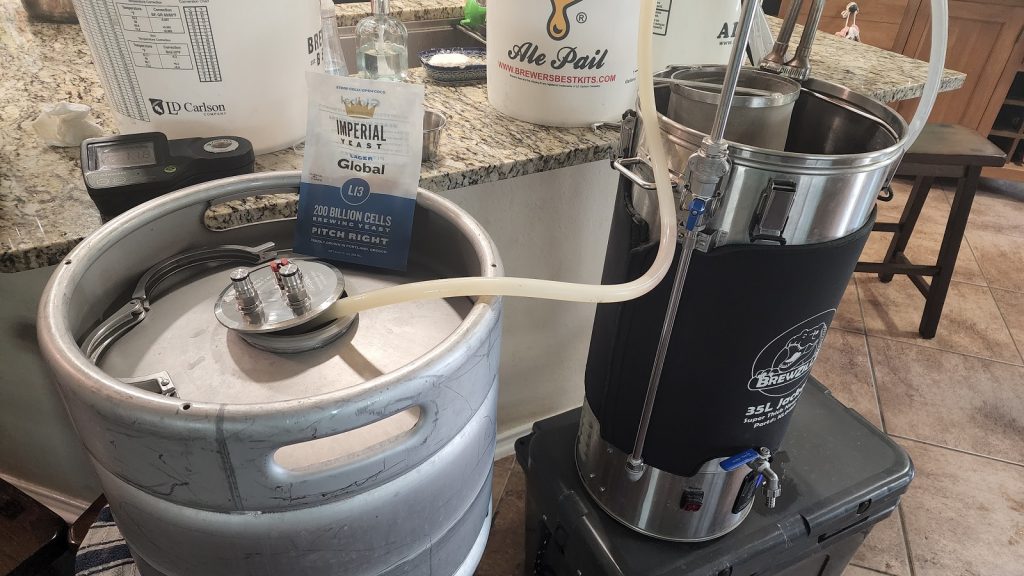
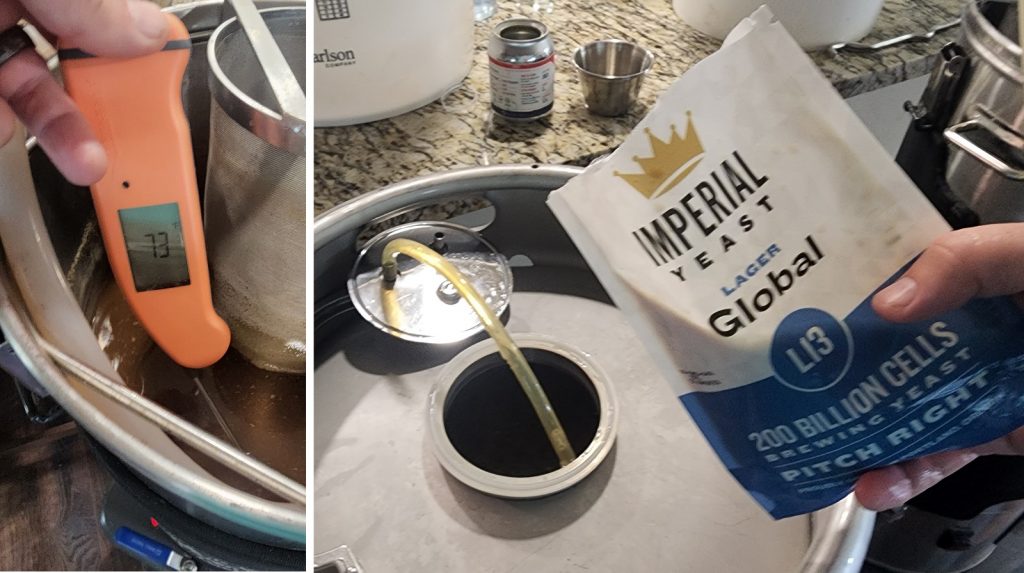
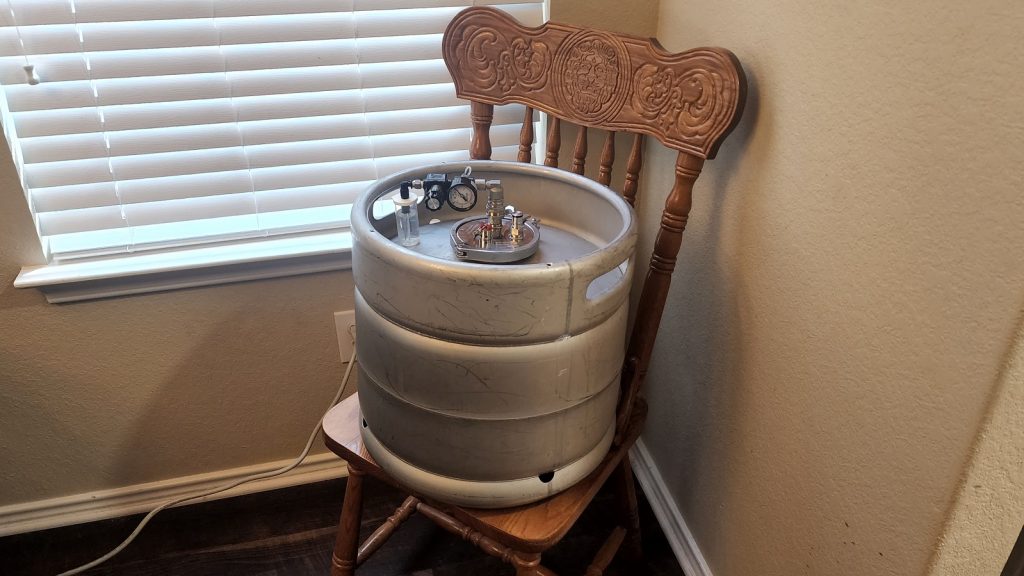
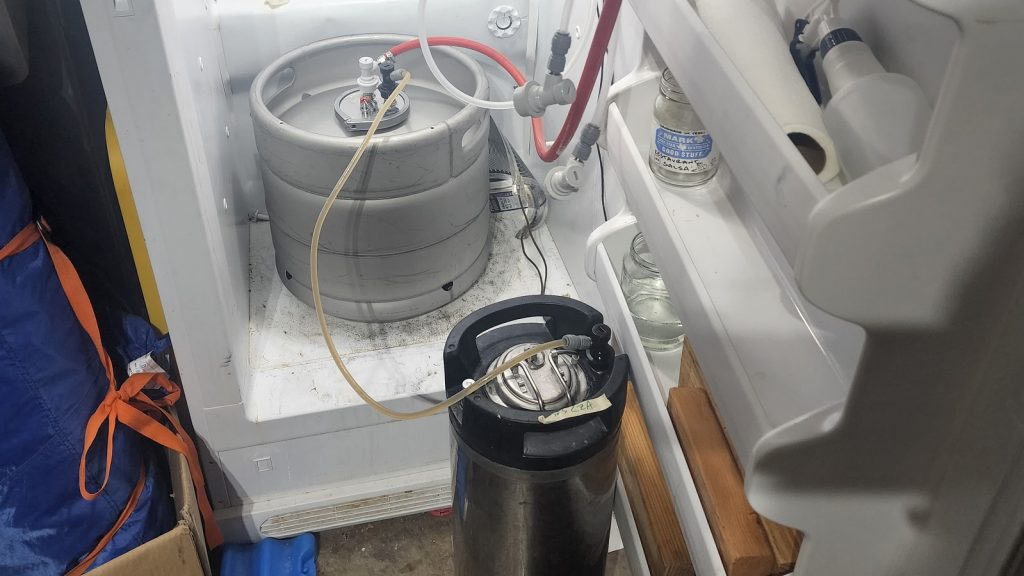
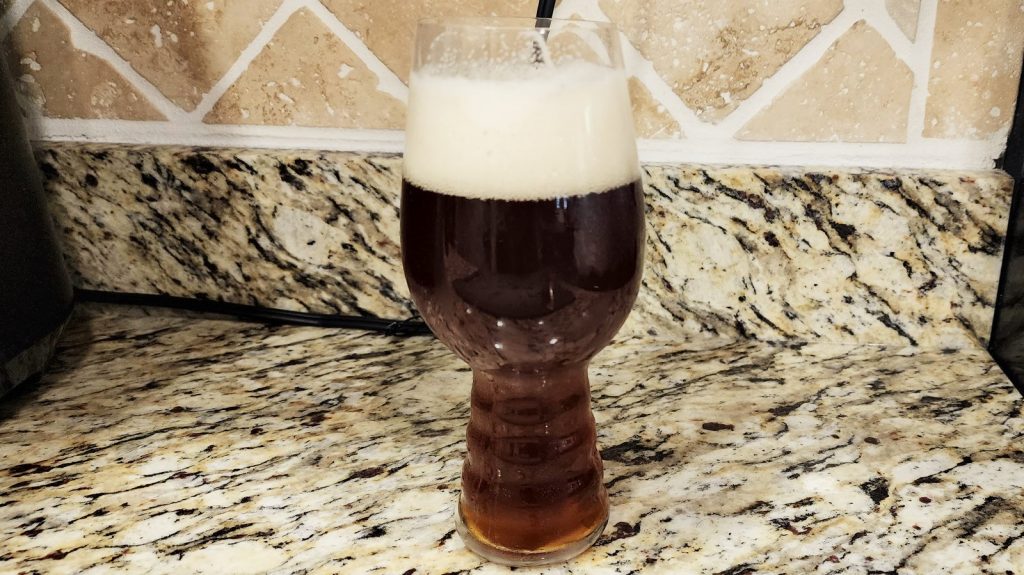
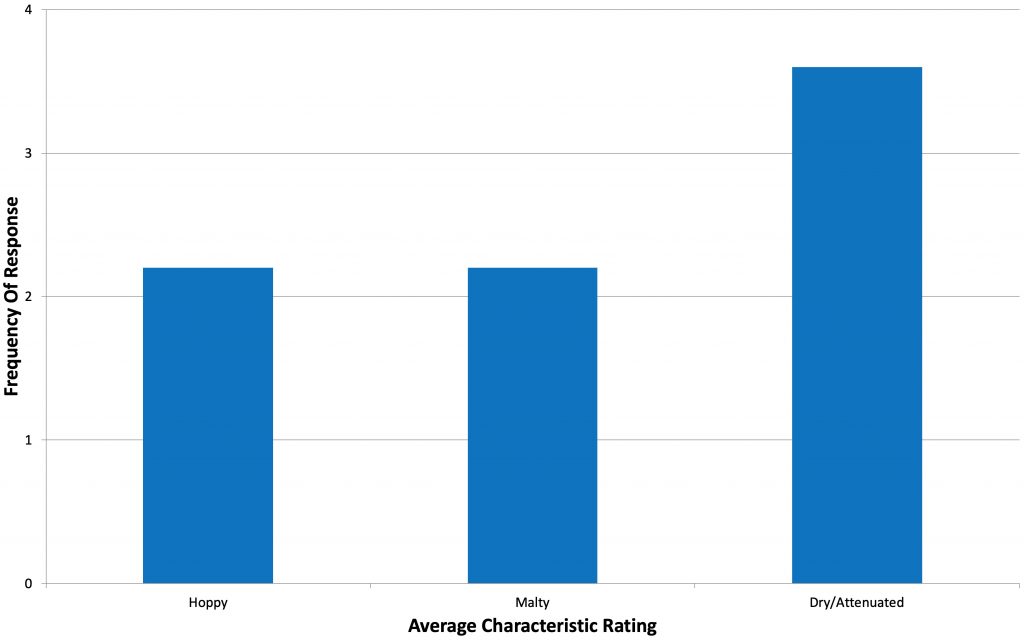
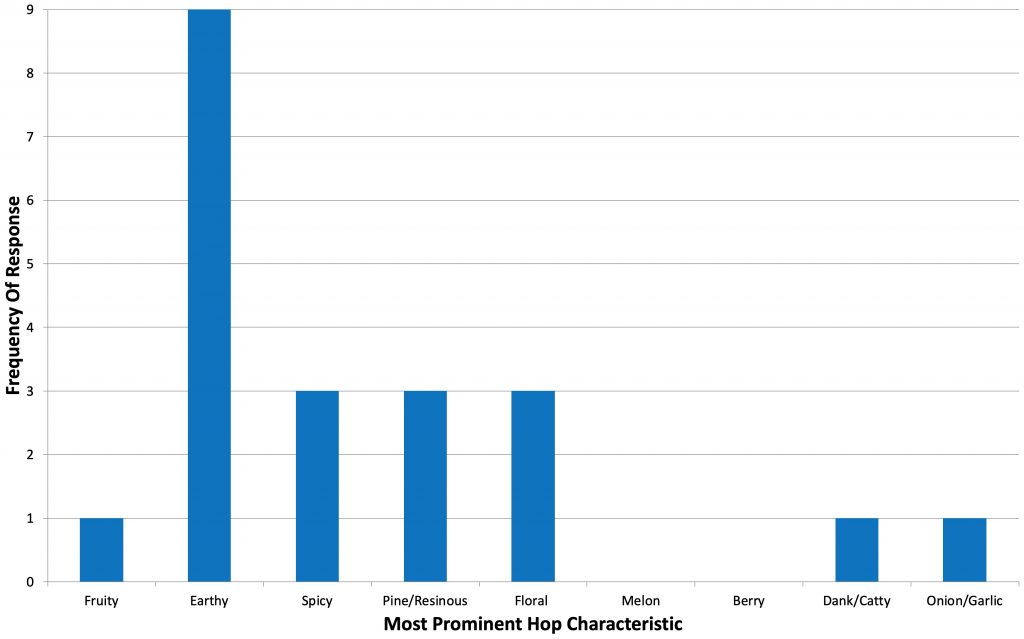
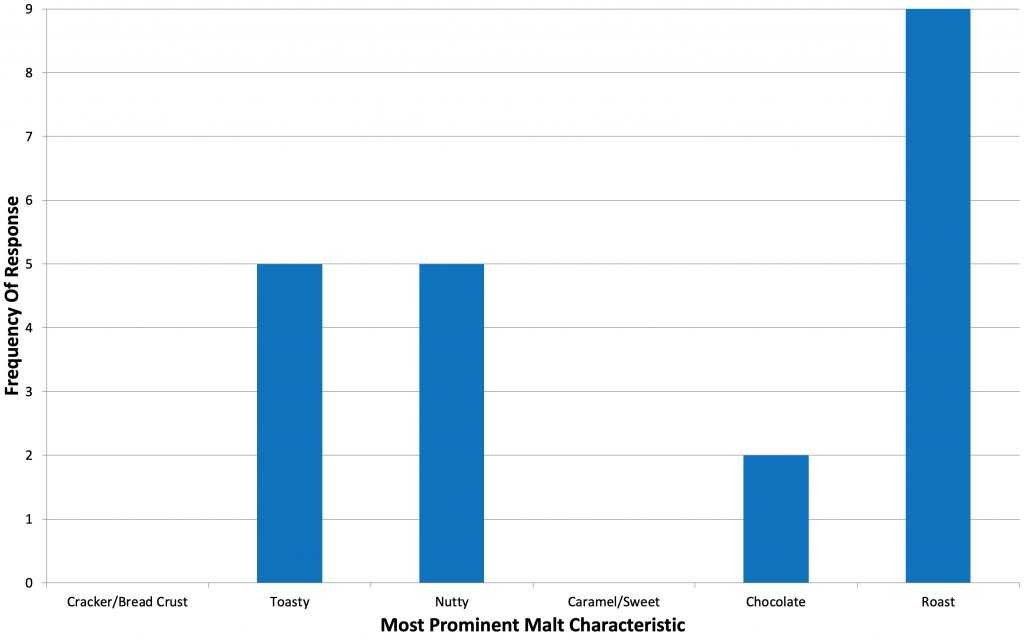
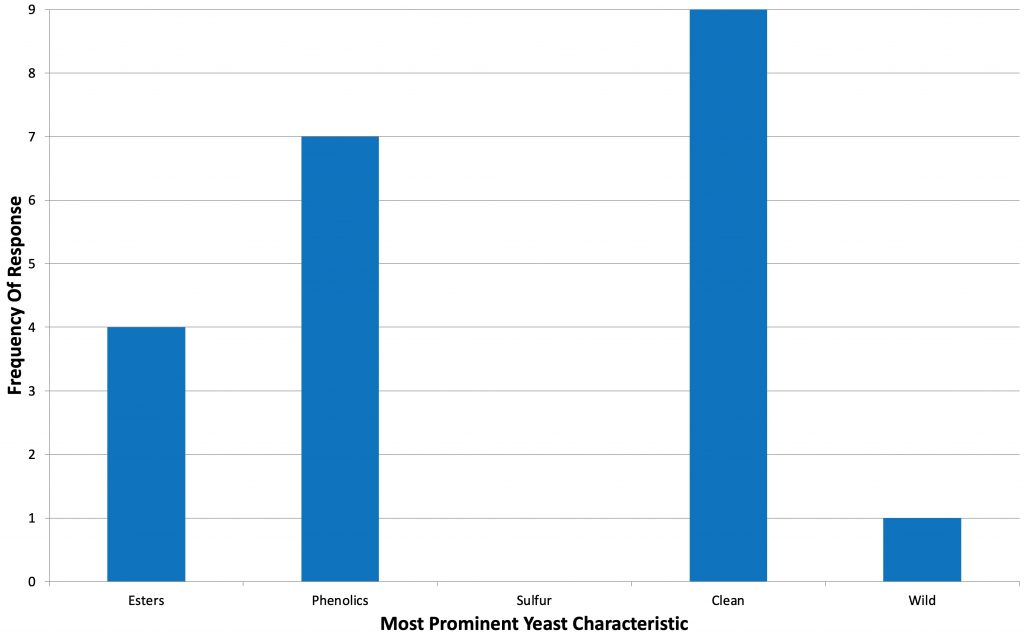
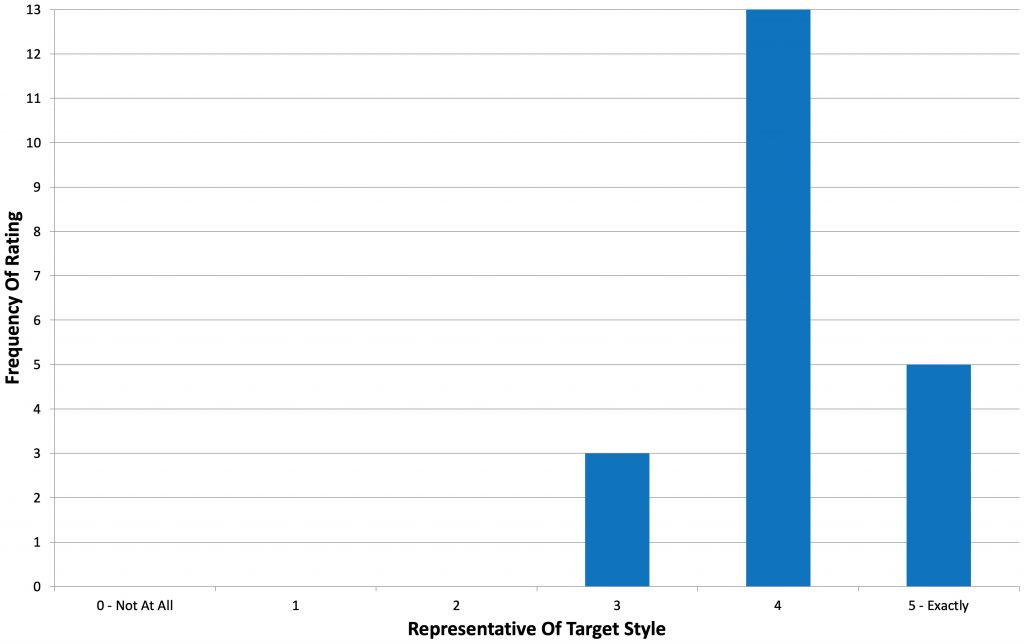
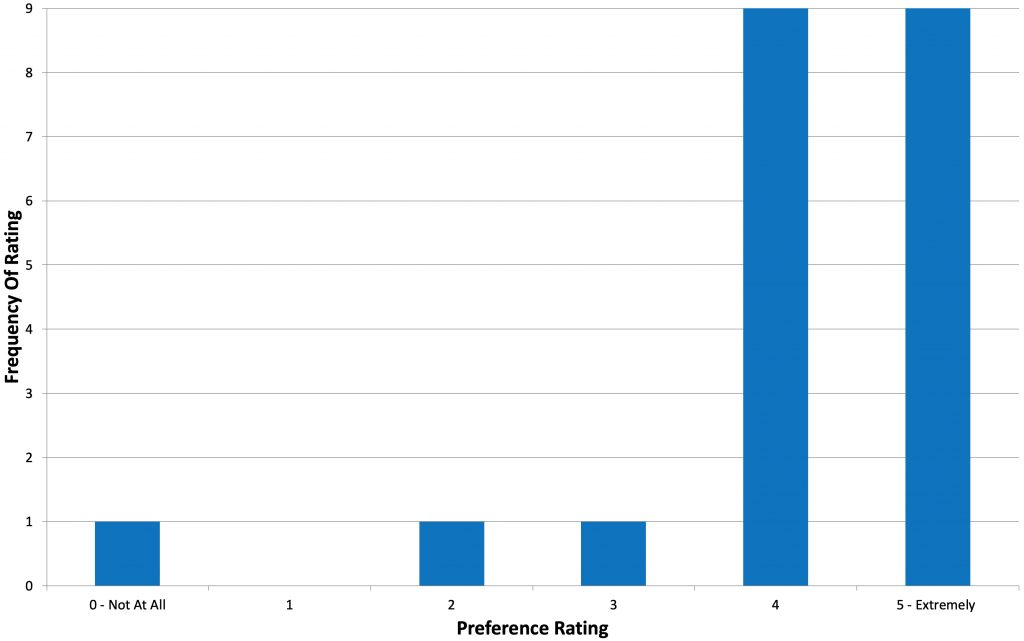











4 thoughts on “Short & Shoddy | Czech Amber Lager”
What lovibond crystal malt did you use. Will try this with 6 oz roast malt.
I believe it was 65-75L
Great write-up. Love the Short & Shoddy style.
I traveled through the Czech Republic about 7 years ago. Every beer I had seemed better than the last one.
I noticed “Earthy” stood out by a large margin for the hop flavor. To be honest, I don’t understand the phrase “earthy” when it comes to describing a hop characteristic. It seems very broad to me.
Could the volume of hops used have anything to do with it?
I ask only because I made a very light, cream ale last spring using Spalt at 2.8%. I had to add a little over 4 ounces. Tasted a bit like “lawn clippings”.
When I think earthy I personally think mushroom / dirt character. That said ‘Earthy’ isn’t something I necessarily associate with Saaz, which I relate to a spicy and floral character. To my pallet, I did not pick up much hop character at all and I definitely did not pick up any grassy character. This was a malt forward beer and I believe the unique roasty character from the chocolate Rye is likely responsible for many of the Earthy and Phenolic (smoke) selections.